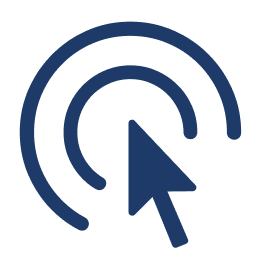When starting to learn English, we’ve all asked ourselves, “How long does it take to learn English?” Learning a language from beginner to proficiency is a rewarding journey, but one that requires time and dedication. Moving from A1 (beginner) to C2 (proficient) in English involves several stages, each with its unique learning curve and estimated timeframe.

Language Levels Explained (A1 to C2)
The Common European Framework of Reference for Languages (CEFR) divides language proficiency into six levels: A1, A2, B1, B2, C1, and C2. Each level represents a different stage of language ability, from basic user (A1) to proficient user (C2).
- A1 and A2: Basic understanding of common phrases and familiar expressions.
- B1 and B2: Intermediate level, allowing for conversations on various topics.
- C1 and C2: Advanced understanding, enabling users to discuss complex topics fluently.
Typical Timeframes for Each Level
The time it takes to reach each level varies depending on factors such as previous language learning experience, frequency of practice, and the learning methods used. According to the Cambridge Assessment and British Council guidelines, here’s a rough estimate:
- A1 to A2: Approximately 100-150 hours of study.
- A2 to B1: 200-300 hours of study.
- B1 to B2: Around 400-500 hours of study.
- B2 to C1: Approximately 500-600 hours of study.
- C1 to C2: An estimated 700-800 hours of study.
What’s your English level?
Discover your level now: A1/A2/B1/B2/C1/C2 and GET your certificate!
Factors Influencing Learning Time
- Learning Environment: Immersive environments, such as studying in an English-speaking country, can drastically reduce the time needed.
- Practice Frequency: Daily practice is more effective than irregular study. Even 30 minutes per day can significantly improve language retention.
- Learning Resources: Quality resources, like interactive apps, native media (podcasts, movies), and language classes, play a big role in how quickly learners progress.
- Motivation and Consistency: Setting clear goals and maintaining a steady pace helps learners avoid burnout and stay on track.
Tips for Accelerating Language Learning
- Engage in Active Listening and Speaking: Conversing with native speakers or using language exchange platforms helps build fluency faster.
- Use Vocabulary-Building Apps: Apps like Anki or Quizlet allow learners to practice vocabulary effectively.
- Set Realistic Goals: Instead of aiming straight for C2, set smaller, attainable milestones.
Realistic Expectations for Reaching C2
While it’s possible to reach C2 in about 1,500-2,000 hours of study, most learners take several years, especially if they’re studying part-time. Intensive study programs or immersion in an English-speaking country can shorten this timeline, but consistent effort over time remains key to achieving proficiency.
Reaching C2 is a long-term commitment, but with a structured approach and regular practice, learners can steadily advance through the CEFR levels. Focus on consistency, effective resources, and frequent exposure to the language, and your efforts will be rewarded with genuine fluency.





